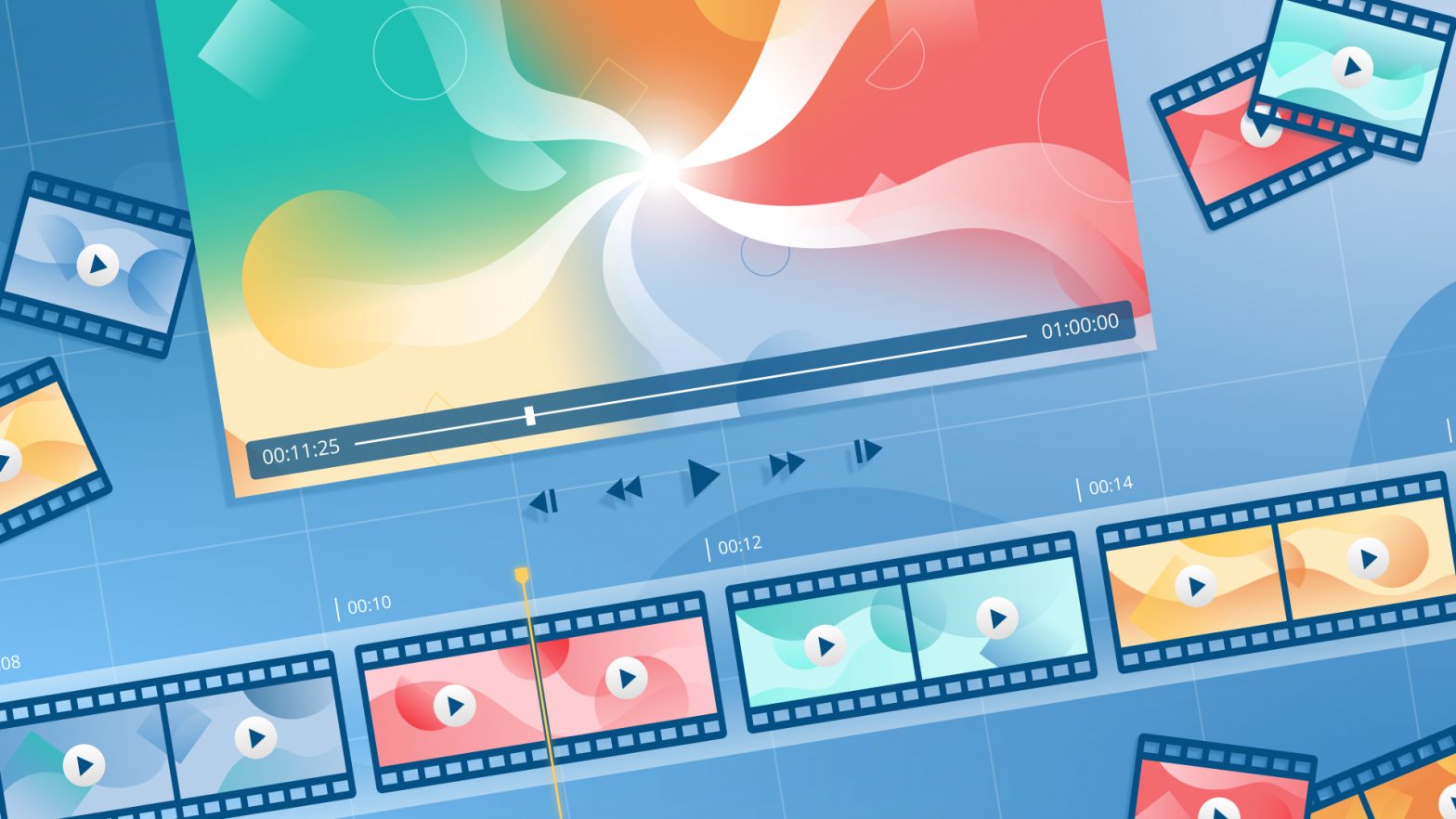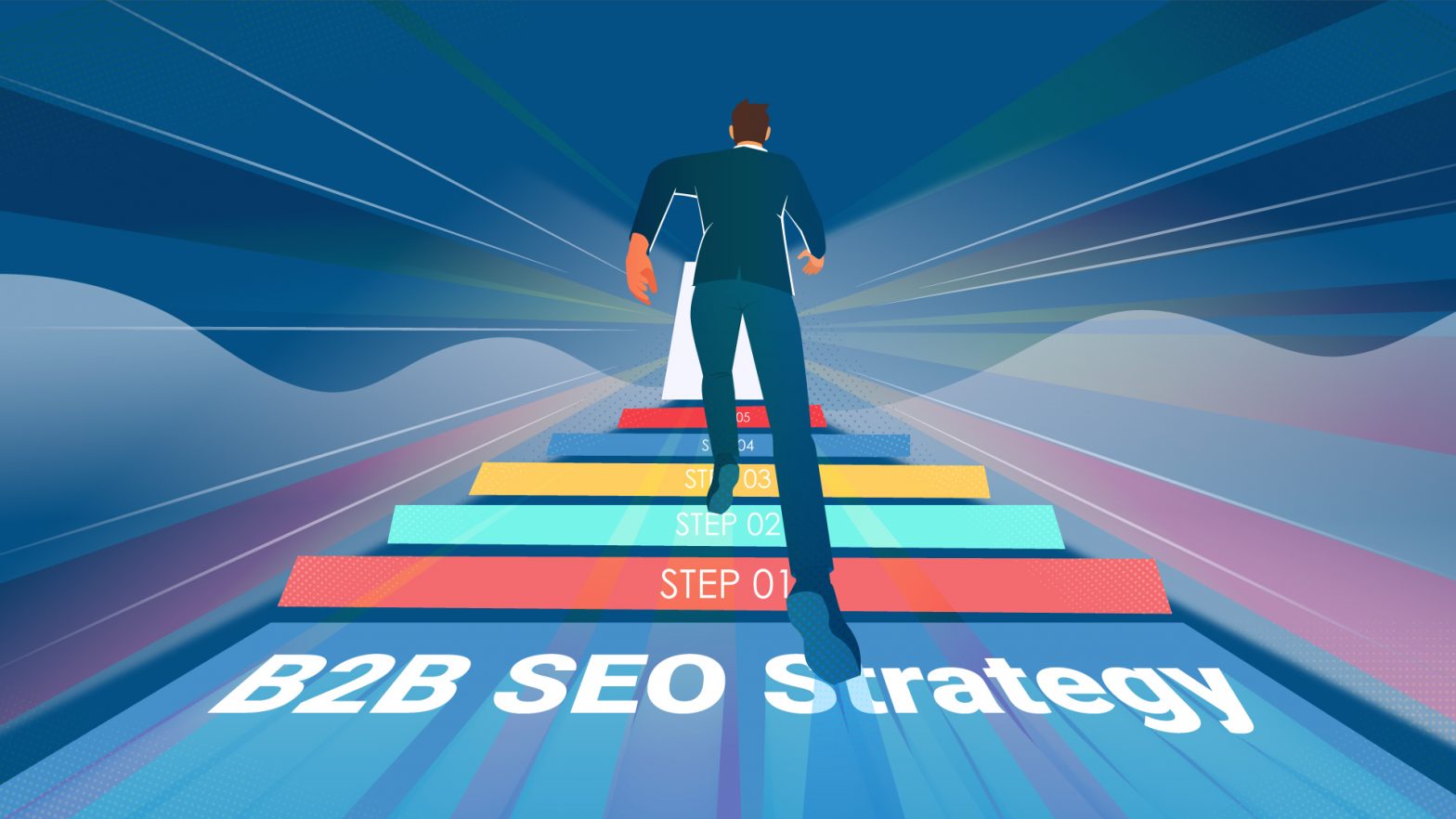Whether you’re a marketer or a business owner, it seems that technology is evolving faster than we are. Many of us are still trying to master the intricacies of commerce and marketing in the digital age, and here comes Web 3.0 to throw us for a loop.
Even some professionals in the tech industry are scrambling to develop and incorporate new tools that are poised to become the most disruptive of our lifetimes.
Rather than fearing evolving technologies or allowing them to drive us out of business, we should learn how to embrace them and use them to become more competitive.
One great example of melding established tech with new is the marriage of motion graphics and NFTs.
What are NFTs, Exactly?
Most non-techs might mistake NFTs for digital artwork, which confuses us. Can’t someone simply copy-paste or download an image they find online? How does an NFT prevent that from happening?
The acronym NFT stands for non-fungible token. That means it is something that is unique and cannot be traded for something of equal value. In this case, the unique item is the digital signature or contract that is tied to a tangible item and added to the blockchain.
This makes the transfer of ownership of the asset public and binding. Once something is on the blockchain, it cannot be removed or invalidated except with the agreement of other participants on the chain.
The asset can be digital, such as the much-maligned Bored Apes, or physical objects, like art and real estate.
Using NFTs to sell art or for marketing allows the progress and history of that asset to become uniquely identifiable and trackable. Anyone trying to profit from the sale or commercialization of that digital asset without the authentic digital signature can find themselves in serious legal jeopardy.
Depending on how the smart contract was constructed, the creator of the asset still retains copyright protection and can receive royalties each time the NFT is sold or traded.
NFTs and the New Design Landscape
Even if you’ve never minted or invested in an NFT and don’t have a crypto wallet, you’ve at least heard of the technology. Unfortunately, much of what you might have heard it negative and spouted by people who don’t understand the technology or its implications for the future.
The technology that supports NFT minting isn’t new. But, it has captured the public imagination since becoming commercialized and more widely available in 2014.
In fact, headline-grabbing auctions of digital art in the NFT space created a virtual gold rush of people wanting to cash in on the latest tech craze.
Unfortunately, that craze ended in an unsurprising crash that left some investors holding little more than empty promises.
The good news is that the dust has settled on the initial rush. That leaves some breathing space so the rest of us can continue the business of figuring out how to incorporate the technology into our digital marketing and graphic design endeavors.
As a form of digital animation that combines both graphic design and animation techniques to create moving images, motion graphics are ideal for use in everything from film and television to video games and online content.
The promise of combining motion graphics and NFTs is that it will allow you to captivate your audience in new and breathtaking ways while protecting the output through digital signatures.
Benefits and Drawbacks of NFTs and Motion Graphics
The intersection of motion graphics and NFTs creates an exciting new arena for digital art and design.
By combining the creative potential of motion graphics with the ownership and trading capabilities of NFTs, artists, and designers can design unique, one-of-a-kind digital assets that can be collected and valued in the same way as physical artworks.
One of the key benefits of securing motion graphics with NFTs is the ability to create dynamic, ever-changing digital assets. Traditional, static digital artworks are somewhat limited in terms of how they can be experienced.
But, by utilizing motion graphics, artists and designers can create digital assets that are constantly changing and evolving, making them more interesting, engaging, and valuable for collectors.
Another benefit is the ability to create interactive experiences. Because motion graphics can be animated and rendered in real-time, they can be integrated with other interactive elements such as virtual reality (VR) or augmented reality (AR), providing a more immersive and enjoyable experience for the user.
In marketing, especially in fast-paced digital realms, creating a superior user experience is essential!
The use of NFTs in motion graphics also opens up new opportunities for monetizing digital art and design.
By creating unique, one-of-a-kind digital assets that can be bought, sold, and traded, artists and designers can generate revenue from their work in ways that were impossible even a few years ago.
Because of their unique, one-of-a-kind nature, the value of NFTs can increase over time, making them valuable assets for collectors and investors.
Creating NFTs also levels the playing field for smaller marketers and unknown and digital artists, allowing them to compete with bigger names and brands.
However, there is also a potential downside.
Using NFTs in motion graphics raises some important ethical and legal considerations. As the technology is still relatively new, there are currently few regulations in place to govern the minting and trading of NFTs.
This has led to some concerns about the potential for fraud and misuse of the technology, and we’ve already seen some of this activity play out in well-publicized investment schemes and fly-by-night platforms.
Then, there is the environmental impact of minting and trading NFTs. This isn’t related to the digital asset or smart contract itself but the number of computing resources and power needed to create them.
How much power?
According to the Bitcoin Energy Consumption Index:
“A single NFT transaction on the Bitcoin platform emits almost 748 kilograms of carbon dioxide, equivalent to 1.7 million Visa transactions or 124,714 hours of watching YouTube.”
This can be mitigated by using a proof-of-stake blockchain platform such as Ethereum rather than proof-of-work crypto transactions. These require only one validator and are said to use 99% less energy than other crypto-currency solutions.
Developers claim that each transaction uses about the same amount of power as six 9-volt batteries.
As the tech evolves further and developers find more energy-efficient methods of mining and trading non-fungible tokens, the environmental impact should abate.
Use Cases for Motion Graphics and NFTs
This leads us to specific use cases that combine the benefit of motion graphics with the protection of smart contracts.
Here are just a few examples of how motion graphics and NFTs are being combined for use in creative endeavors:
Music videos
Motion graphics can be used to create visually stunning music videos that are both entertaining and highly collectible. Musicians can use NFTs to release limited edition versions of their music videos, allowing fans to own a unique piece of work from their favorite artist.
Virtual reality and augmented reality
Motion graphics can be used to create immersive virtual and augmented reality experiences that are enhanced by NFTs. For example, an artist might create an animated 3D scene that can be viewed in VR and then released as an NFT, allowing collectors to own a unique piece of their virtual world.
Advertising
Motion graphics can be used to create dynamic and engaging ads that are enhanced by NFTs. For example, an advertiser might create an animated commercial for a new product and then release it as an NFT, allowing brand ambassadors and fans to own a unique piece of advertising history.
In fact, major brands like Coca-Cola and Norwegian Cruise Lines have already hopped aboard the NFT train, with many more to follow.
Gaming
Motion graphics can be used to create visually stunning video games that are enhanced by NFTs. Game designers are already creating animated characters that can be used in a game and then releasing them as NFTs.
This allows players to own a unique, in-game item.
Consumer brands are also gamifying portions of their marketing to broaden their reach and strengthen engagement, and NFTs are part and parcel of this trend.
Social Media
Motion graphics can be used to create visually stunning animated posts and stories on social media platforms that are enhanced by NFTs. For example, a designer might create an animated post for Instagram and then release it as an NFT, allowing followers to own a unique piece of content.
This combination can also be used to create fun and engaging Facebook apps and in-platform games.
These are just a few examples of how motion graphics and NFTs are used in marketing, the arts, and social media. As the technology and potential digital markets continue to evolve, we will likely see more innovative use cases in the future.
Best Practices for Incorporating NFTs Into Motion Graphics and Marketing
As with any evolving technology, there will be blips, missteps, and the resulting best practices that evolve along with it. As such, here are some current best practices for using motion graphics and NFTs for marketing and graphic design:
1. Make sure your motion graphics are high-quality
To ensure that your motion graphics are valuable and desirable to collectors, it’s important to ensure they are well-designed and well-executed. This means paying attention to things like the animation quality, composition, and overall aesthetic.
2. Consider the uniqueness of your motion graphics
When creating motion graphics for use as NFTs, it’s important to consider how unique and one-of-a-kind they are. This could be managed by creating a limited-edition series of animations or experimenting with new and unconventional animation techniques.
3. Consider user interaction and experience
Motion graphics can be interactive and dynamic, so when creating NFTs, it’s important to consider how the viewer will experience them. This could mean creating animations that change over time or incorporating interactive elements such as VR or AR.
4. Be transparent and informative
As NFTs are a new and complex technology, it’s important to be transparent and informative about how your motion graphic NFTs work.
For example, you should provide detailed information about the animation itself, the technology used to create it, and the ownership rights associated with the NFT.
Make sure that this is hammered out before the smart contract is created because it cannot be altered once it’s added to the blockchain.
5. Understand the legal and ethical considerations
As with any new technology, it’s important to be aware of the legal and ethical considerations surrounding NFTs.
This includes understanding copyright laws, taxes, and regulations surrounding NFT creation and trading and the environmental impact of their creation and trade.
6. Have a solid marketing and promotion strategy in place
As with any product, having a solid marketing and promotion strategy can help you reach potential buyers and increase the value of your NFTs.
This includes promoting your NFTs on social media, doing strategic SEO and link building, collaborating with other artists and creators, and participating in NFT marketplaces and online communities.
By keeping these best practices in mind, you can ensure that your motion graphics NFTs are of the highest quality and that they are unique and desirable to collectors. This will also help ensure that you are operating within the legal and ethical boundaries of the technology.
Final Thoughts
Motion graphics combines graphic design and animation techniques to create moving images that are ideal for marketing and social media engagement.
The intersection of motion graphics and NFTs offers new opportunities for creating unique, one-of-a-kind digital assets that can be collected and valued in a manner that’s similar to how we evaluate and collect physical artworks.
Motion graphics development enables the creation of dynamic, ever-changing digital assets, interactive experiences, and new revenue streams for artists and designers over a range of industries.
Attaching them to a smart contract protects artists and investors by providing an additional layer of trust, transparency, and authenticity to digital assets and transactions.
However, combining NFTs with motion graphics raises ethical and legal considerations. For example, how are such works to be regulated and protected from fraud? What about the environmental implications of minting non-fungible tokens?
There’s no doubt that this is an exciting new digital art and design area that continues to evolve. We will likely see more creative and innovative motion graphics in the world of NFTs as Web 3.0 transitions from the realm of possibilities to reality.
Author: Uday Tank, owner of Rankwisely








